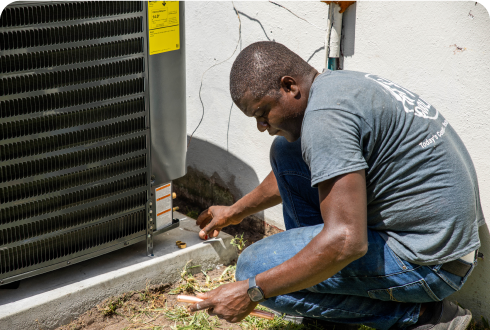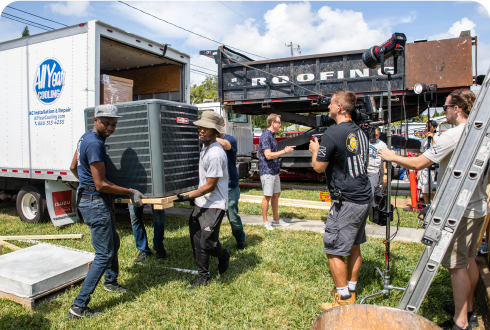Serving Florida Since 1973
Our AC Services

New AC Units
Looking for a new AC unit here in South Florida? The experts at All Year Cooling & Plumbing will help you find the perfect new AC unit for your home or place of business!
schedule an appointment
AC Repair Services
In our hot and humid South Florida climate, a malfunctioning AC unit is simply not an option. Call All Year Cooling & Plumbing for same-day AC repair services!
schedule an appointment
AC Installation Services
After you've picked out the perfect new AC unit for your South Florida home or business, reach out to All Year Cooling & Plumbing for expert AC installation services!
schedule an appointment